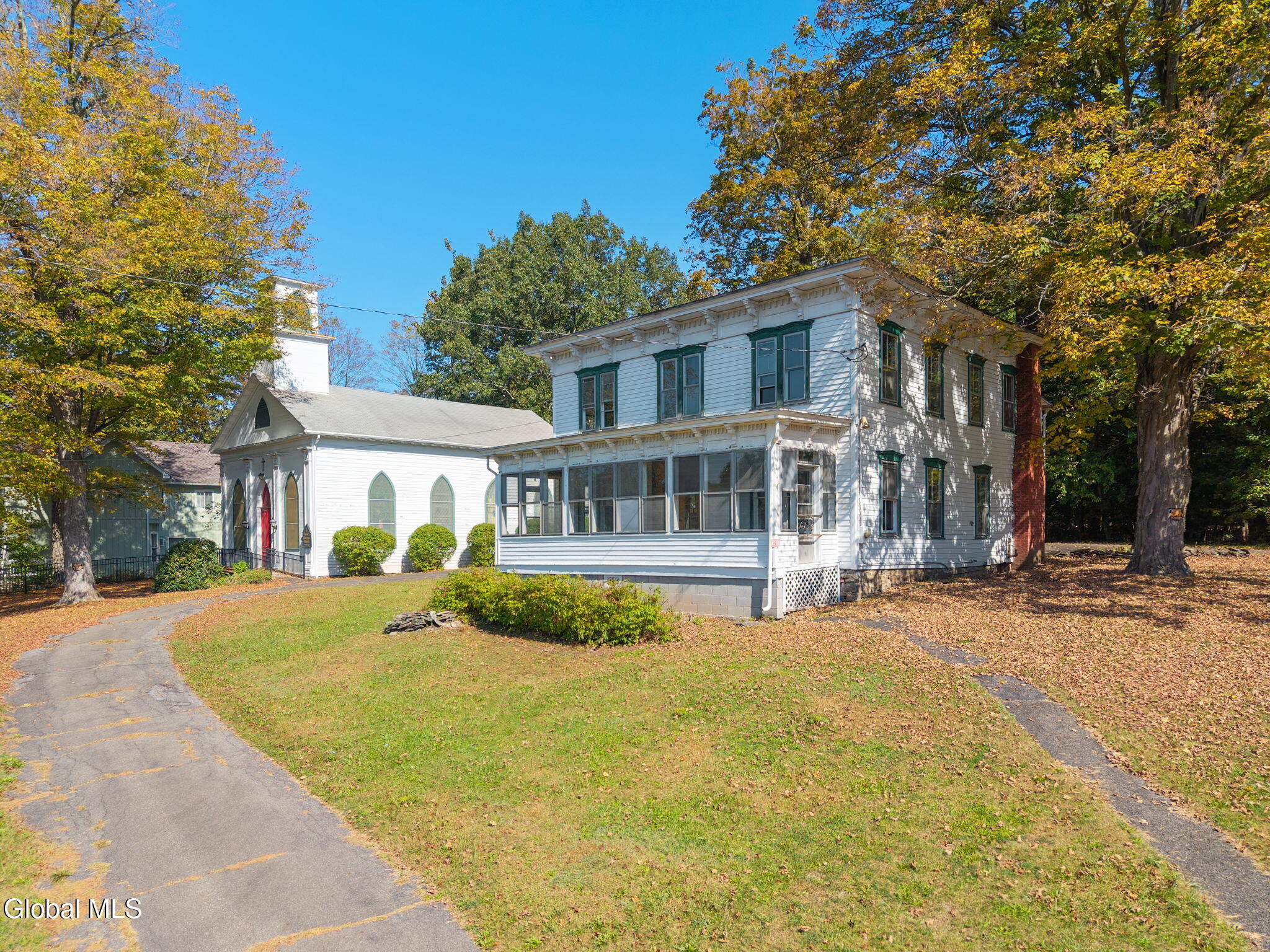219 Washington Finally Sells...For 40 Percent Off Peak Ask
After two and a half years on the market, the charming but clearly overpriced brownstone at 219 Washington Avenue finally sold the week before Christmas for $1,655,000. At one point in February, its asking price went as high as $2,835,000. When we featured it as a House of the Day in July of last year…


After two and a half years on the market, the charming but clearly overpriced brownstone at 219 Washington Avenue finally sold the week before Christmas for $1,655,000. At one point in February, its asking price went as high as $2,835,000. When we featured it as a House of the Day in July of last year 2008 when it was asking $2,495,000, we had this to say: “Seems to us that you gotta have a fifth story to get this price on Washington Avenue in this market, but we could be wrong.” In this case we weren’t.
HOTD: 219 Washington Avenue [Brownstoner] GMAP P*Shark





Other people have already mentioned the correlation between interest rates and strength in housing. Another factor is unemployment. Very unlikely to be a housing recovery until unemployment goes down.
One local factor: It is very difficult to foreclose in NYC. The number of homes very late on mortgage payments is still growing. Eventually these houses will have to come on the market, and if housing hasn’t significantly turned around in brownstone brooklyn by then, the impact will be felt.
Those are 3 factors which do affect the price of $1M+ homes.
I agree with you, Dave, to the extent that rates, which were then at 8%, played no factor in my decision to buy my house in the mid-1990s, which was a good decision. Were I to decide to buy another house today, which I’m considering, I’m more focused on asking price, and I lose interest the instant I see an asking price that bears no relation to reality. I’d rather buy a nice 2-bedroom condo or co-op, and then reassess the market for houses in a couple of years when the market stabilizes after the government stops propping it up.
Given the same monthly outgoing, I would rather buy for a lower price at a higher rate than a higher price at a lower rate – you can always refinance down but not up.
In reality, some of the best decisions on buying homes occur when rates are at their highest, the best example being a purchase in the early 1990s with rates in the mid 7% – 8%.
I agree that some asking prices are ridiculous, Minard. But you get that in every market.
Dave, have to echo ecoux on this one. Artificially low interest rates and loose monetary policy aboslutely do influence the purchase price and buying decisions on $1m plus brownstones -driving activity and prices up (see, “Housing Boom – 2005-2007”).
Agree with you on “tax credits” though – an $8k tax credit that is available only to couples earning less than $150k per year doesn’t influence the $1m plus market.
Dave, yes,I am being a little ridiculous, or bombastic, I am trying to make the point that it should not take two and a half years for a realtor or an owner to face reality. Asking prices -especially for houses- are still for the most part in la-la land.
Co-ops in older nice buildings are selling pretty well. Why? because you can still find nice middle-class accommodations that the middle class can afford. But houses are just out of whack with reality. Things are slowly coming down to earth and by spring I think we will be seeing much lower sale prices for regular non-mansion type houses such as this one. It has to be.
Yeah, I think interest rates at 5% as opposed to 8% drive decisions.
don’t read today’s wsj op-ed piece on fannie and freddie if you want to believe there is nowhere to go but up…